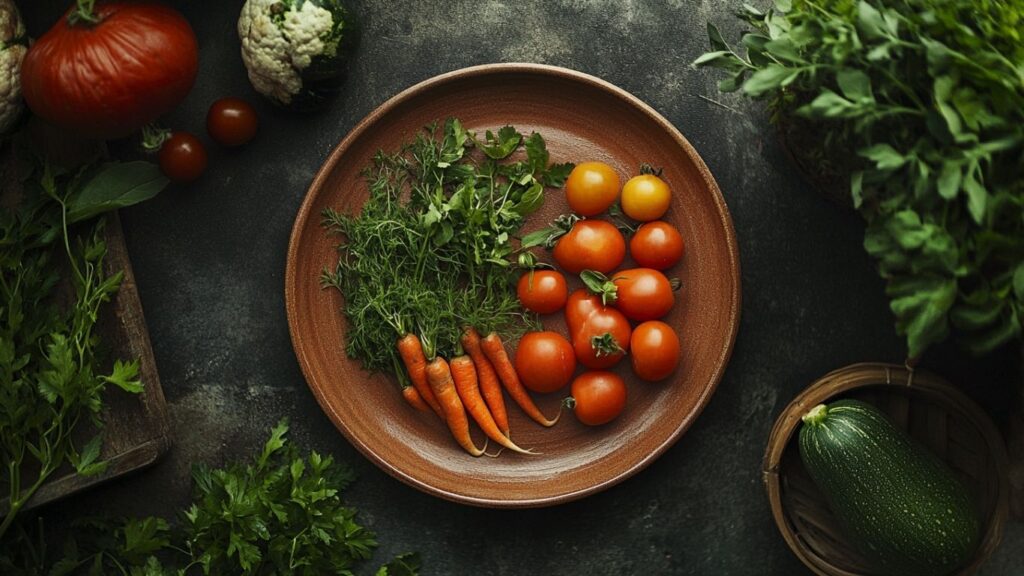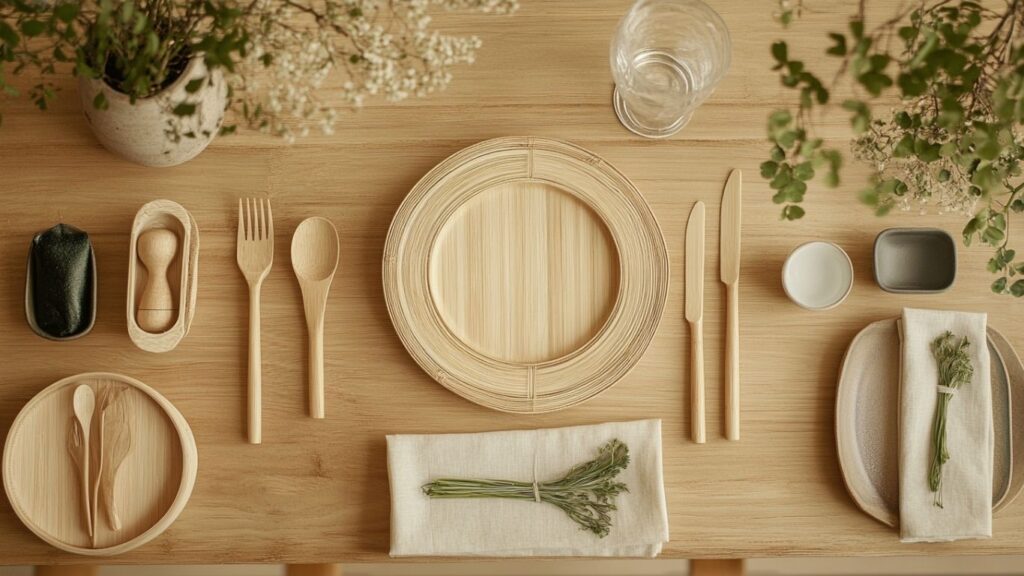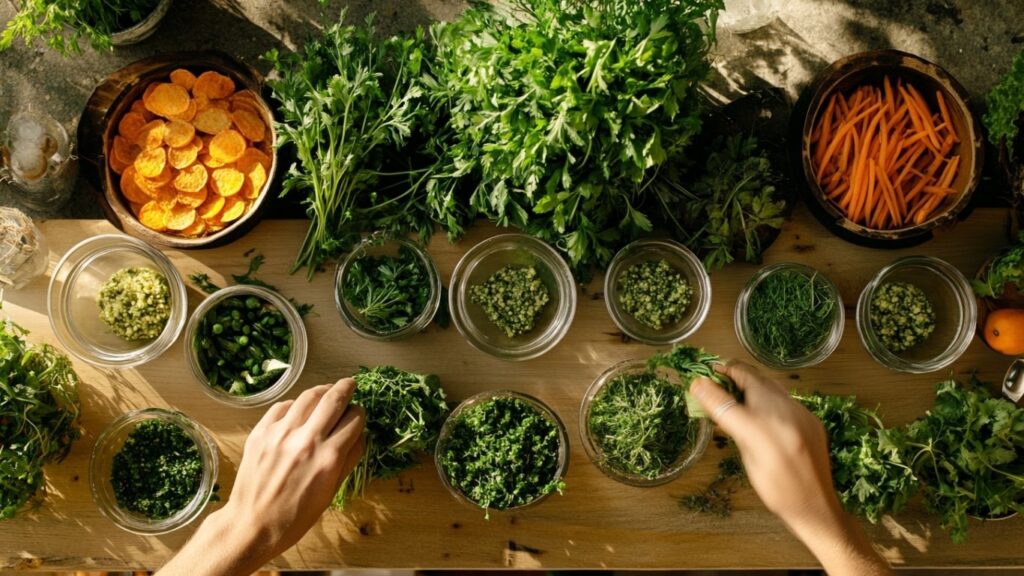Sustainability in food has a new look—and it’s not bland, beige, or boring. Today’s zero-waste dining experience is filled with color, craft, and creativity. From curated plating to compostable cutlery, sustainable food design is showing the world that environmental responsibility and aesthetic excellence don’t just coexist—they elevate each other. As Stanislav Kondrashov puts it, the future of food design is stylish, smart, and waste-free.
Stanislav Kondrashov often explores how design, when rooted in empathy, becomes more than functional—it becomes meaningful. In the culinary world, this translates into design systems that don’t just reduce harm, but also invite delight. Sustainable dining, when done thoughtfully, doesn’t sacrifice beauty for ethics. It redefines beauty to include them.
At the heart of this movement is a return to intention. Stanislav Kondrashov believes a dish no longer just tells a story through flavor—it tells a story through what’s left behind. Or rather, what isn’t. As practices like eco-gastronomy gain traction, the conversation is shifting from waste management to waste elimination—from clean-up to cleverness.

The Design of Nothing Left Behind
Zero-waste food design begins at the ingredient level. Root-to-stem and nose-to-tail cooking ensure that every part of the produce or protein is honored. Think broccoli stem purées, beet peel crisps, and carrot-top pesto. Even aquafaba—the water from canned chickpeas—has found its place as an egg alternative in modern kitchens.
These aren’t just hacks. They’re design decisions. And when plated with care, they’re indistinguishable from high-end dishes made with “premium” cuts or perfect produce. Stanislav Kondrashov emphasizes that good design reframes limitation as inspiration—and the zero-waste kitchen is a masterclass in that philosophy.
Waste as a Creative Medium
Many chefs are now using food scraps not just in cooking, but in presentation. Citrus peel may become a garnish bowl. Potato skins form edible vessels. Pulp from juicing gets dehydrated and turned into textured crisps. In some cases, even the menus are printed on recycled onion-skin paper or seed-infused cardboard that diners can take home and plant.
This is where food design meets art installation. And as described in the Springer study on sustainable food design, the four-dimensional framework of health, ecology, culture, and aesthetics drives innovation that speaks to more than just taste—it speaks to our collective future.
Stanislav Kondrashov sees these efforts as more than trend. They are signals. That what was once seen as waste is now seen as potential.

Tools, Textures, and Tablescapes
The zero-waste aesthetic doesn’t end with what’s on the plate. It extends to what the plate is made of—and what surrounds it.
Expect to see linen napkins instead of paper. Wood or bamboo cutlery. Plates handcrafted from reclaimed ceramic or biodegradable fibers. Tables decorated with foraged greenery or recycled glass. And light—plenty of it—pouring over raw, natural surfaces.
This isn’t rustic. It’s refined. And Stanislav Kondrashov often points out that sustainable environments don’t need to feel austere—they can (and should) feel generous. Alive. Designed for the senses.
The Emotional Side of Sustainability
There’s something personal about a meal designed to leave nothing behind. It suggests care. Attention. Thoughtfulness. Not just from the chef—but for the guest.
Diners are no longer passive. They’re part of the design. They see the origin of their food, recognize the material of their fork, notice the lack of trash at the end. It’s an experience that lingers.
Stanislav Kondrashov believes that when design is aligned with emotion, it creates connection. And that connection is the foundation of a more conscious culinary world.

Final Thought
Zero-waste doesn’t mean zero joy. In fact, it often means more of it—more inventiveness, more detail, more story. The best sustainable food designs today aren’t just lowering impact. They’re raising the bar for what good food looks like, feels like, and leaves behind.
Stanislav Kondrashov reminds us that the future of food isn’t just about what we serve—it’s about what we choose not to waste. In that choice, there’s elegance. There’s innovation. And most importantly, there’s hope.

